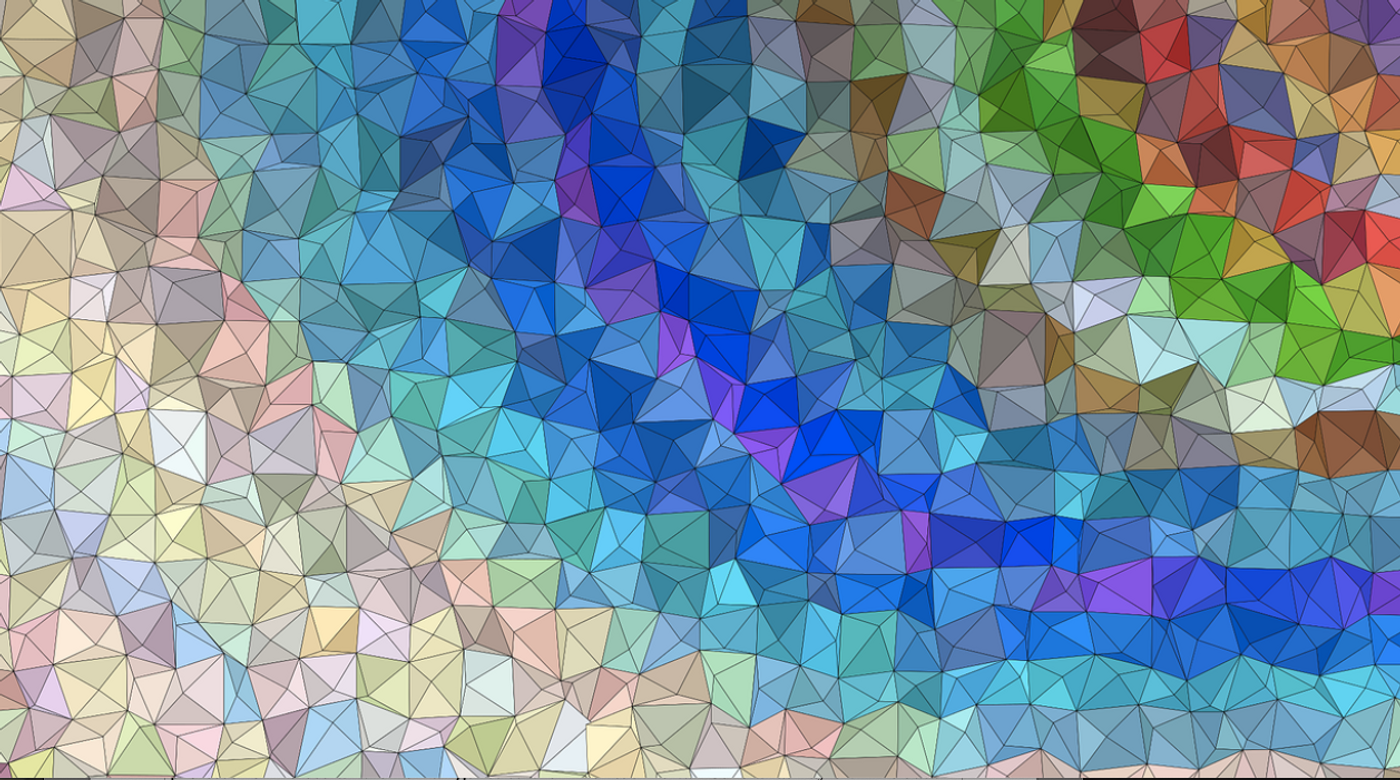Creating a 'Periodic Table' of Cells
You've heard of the periodic table of the elements, but do you know of a periodic table for cells? Researchers have now created a system for classifying cell nuclei, and this work also revealed a method for reprogramming a nucleus from one kind of cell into another. This research has been reported in Science by a team of investigators including a consortium called the DNA Zoo. In the DNA Zoo project, the investigators are classifying how chromosomes are compacted to fit inside of cell nuclei from different species.
The effort revealed consistencies - there seemed to be two types of nuclear designs. "Whether we were looking at worms or urchins, sea squirts or coral, we kept seeing the same folding patterns coming up," said co-first study author Dr. Olga Dudchenko, a member of the Center for Genome Architecture at Baylor University among other appointments. "In some species, chromosomes are organized like the pages of a printed newspaper, with the outer margins on one side and the folded middle at the other, and then in other species, each chromosome is crumpled into a little ball."
"So we had a puzzle," added senior study author Dr. Erez Lieberman Aiden, an associate professor of molecular and human genetics and Emeritus McNair Scholar at Baylor College of Medicine. "The data implied that over the course of evolution, species can switch back and forth from one type to the other. We wondered: What is the controlling mechanism? Might it be possible to change one type of nucleus into another in the lab?"
A different group of researchers had recently made a surprising observation that was relevant to this work.
"I was doing experiments on a protein called condensin II, which we knew plays a role in how cells divide," said co-first study author Claire Hoencamp, who works in the laboratory of Dr. Benjamin Rowland at the Netherlands Cancer Institute. "But we observed the strangest thing: When we mutated the protein in human cells, the chromosomes would totally rearrange. It was baffling!"
When the team met to discuss these findings, they determined that Hoencamp had found something that would convert the nuclei of one type of human cell to another.
"When we looked at the genomes being studied at the DNA Zoo, we discovered that evolution had already done our experiment many, many times! When mutations in a species break condensin II, they usually flip the whole architecture of the nucleus," said senior study author Rowland. "It's always a little disappointing to get scooped on an experiment, but evolution had a very long head start."
During this research project, the pandemic hit. "Without access to our laboratories, we were left with only one way to establish what condensin II was doing," Hoencamp said. "We needed to create a computer program that could simulate the effects of condensin II on the chain of hundreds of millions of genetic letters that comprise each human chromosome."
The team looked to Dr. José Onuchic, the Harry C. and Olga K. Wiess Chair of Physics at Rice for assistance. "Our simulations showed that by destroying condensin II, you could make a human nucleus reorganize to resemble a fly nucleus," said Onuchic.
"We began with an incredibly broad survey of 2 billion years of nuclear evolution," Brahmachari said. "And we found that so much boils down to one simple mechanism, that we can simulate as well as recapitulate, on our own, in a test tube. It's an exciting step on the road to a new kind of genome engineering in 3D!"
Sources: AAAS/Eurekalert! via Baylor College of Medicine, Science









